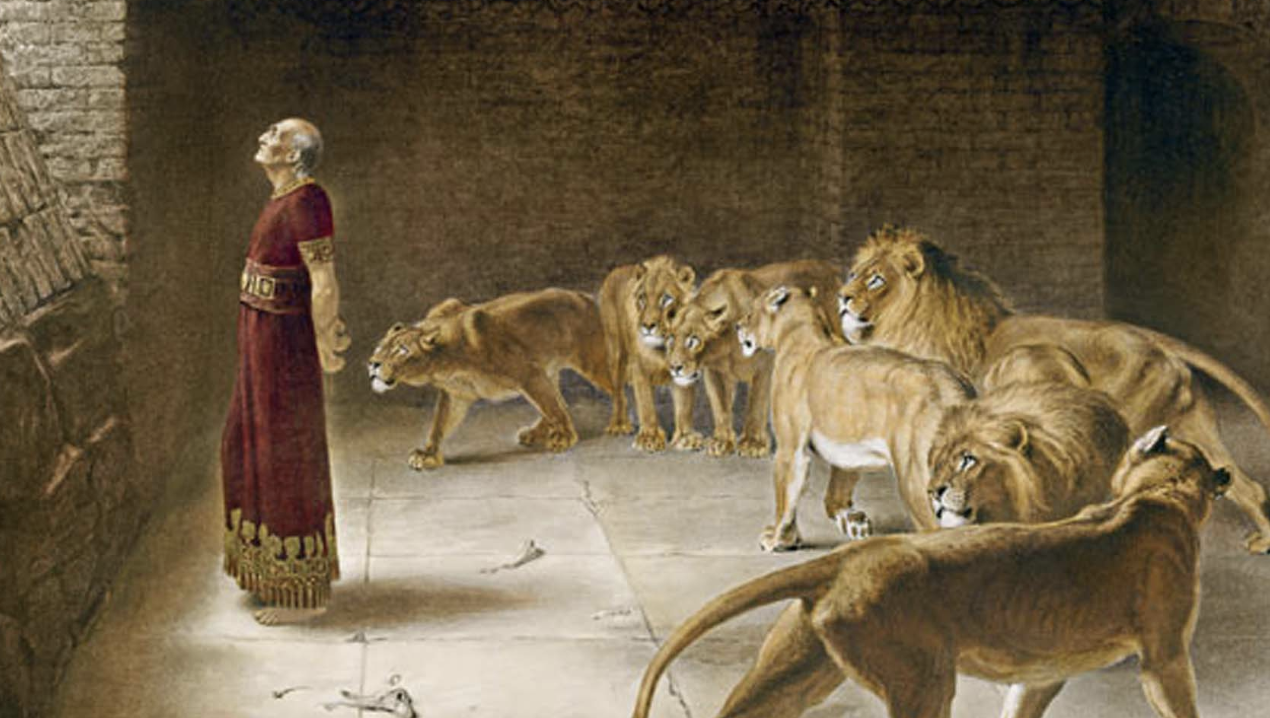Gary continues his interview with Pastor Richard Henry. In this second part, he summarizes some of the controversy he was involved in a few months ago.
In the immediate context of the book of Daniel, and throughout the book itself, death and resurrection is a major theme. We think of death as physical death and of resurrection as the physical revival and transfiguration of men and women at the end of history – and rightly so, for this will indeed happen. In the Bible, however, death and resurrection can be and often is a wider concept, applying to nations and to individuals in ways that are analogous to actual physical death and resurrection. Joseph’s imprisonment and Daniel’s being cast into the den of lions are instances of death and resurrection, as are Jonah’s experience in the belly of the great fish and Nebuchadnezzar’s insanity and deliverance in Daniel 4. Similarly, the nation of Israel undergoes a judgment, death, and resurrection in the wilderness, as recounted in the book of Numbers. Ezekiel 37 predicts the revival of the people of God using the imagery of the physical resurrection of corpses. Ephesians 1:20 says that God raised Jesus from the dead and seated Him in heaven, and then 2:6 uses the same language to describe the saints as we live on earth after our new birth.
There is a sliding scale from sleep to death, so that the Bible can speak of those who have died as having “fallen asleep in Christ.” Indeed, our common experience is that we are tired by the end of the day, and fall into unconsciousness, only to wake up refreshed and restored. Why don’t we wake up as tired as we were when we dropped to sleep?
In the beginning, as Genesis 1 puts it, God made the world in seven days with times of darkness between each one. We may ask why. Why not just have one day after another without these intervening evenings? Similarly, when God chose to make the first woman from the side of Adam, why did He put Adam to sleep (indeed, “deep sleep”)? Why not just tell Adam to stand still and pop the rib out of his side painlessly while he was awake?
What we see in the beginning is that each day is more glorious than the one before. God sees that a situation is good, but then there is evening (“death”) and a new day, and God decides that now the situation is no longer good and changes it to make it good. The days move from good to good, from glory to glory. And they do so by undergoing darkness (sleep, death) before the next day arrives.

The Handwriting on the Wall
The Handwriting on the Wall takes a Covenant Historical Approach to interpreting the imagery of God's prophecies revealed to Daniel. The prophecies of Daniel deal with the events in the Covenantal Era that were dawning in Daniel's lifetime: the Restoration Era after the exile and the return of God's people back to the land, city, and temple. There are no "historical parentheses" or "gaps", no leaps of thousands of years into the future. Nor is the book of Daniel concerned about predicting the course of European church history after the apostolic age and into our time.
This book is not only a commentary on Daniel, but an education in how to read and study the texts of the word of God.
Gary continues his interview with Pastor Richard Henry. In this second part, he summarizes some of the controversy he was involved in a few months ago. All Christians are preterists to some degree in that prophecies spoken in the historical past have been fulfilled. Modern scholars and writers disagree over certain specifics of Bible prophecy, and even to the timing of certain events, i.e. past or future to us. But these timing disagreements should not be used to determine orthodoxy.

